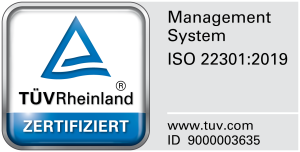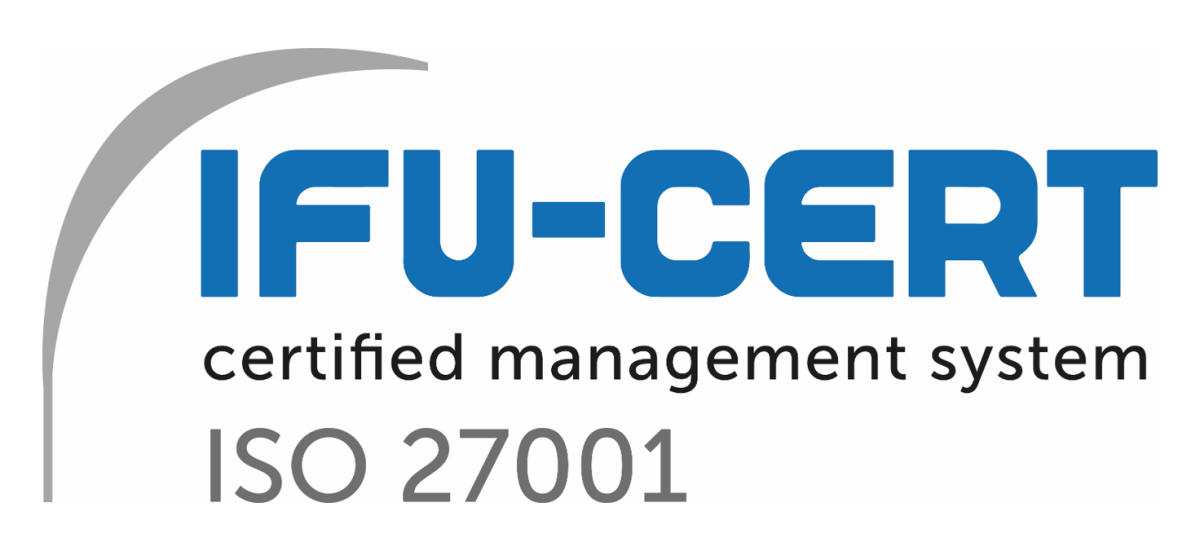Advanced features of the MPO SMTP integration
The Simple Mail Transfer Protocol (SMTP) is today’s standard for the transmission of E-mail via IP networks. It has prevailed against more complex protocols such as X.400 mainly because of its simplicity as indicated by its name. And what more do you need for e-mail? You can already have any number of recipients in the To-field, as carbon copy (CC), and blind carbon copy (BCC), provide a subject heading and the message body may contain text in addition to any type of attachment.
It goes without saying that MessagePlus/Open (MPO) supports this standard. However, several extensions are also implemented by MPO to meet particular requirements of customers who use the integration module to connect to their internal mail systems such as IBM Lotus Notes or Microsoft Exchange.
Several users of MPO not only use the SMTP integration to enable individual email users to send and receive faxes in their mail client, but in addition they deploy the SMTP protocol as a transport layer to exchange messages between applications and MPO. This requirement brought up the question of how transmission control parameters, metadata of received faxes and transmission notifications could be transferred in structured fields which could be easily generated and interpreted by those applications. The solution to this issue was to interpret “user defined fields” in the SMTP header, allowing an application to encode data such as parameters for transmission control, cover page related information etc. in the structured fields of the SMTP header.
Other customers have defined fax-numbers, sender related parameters and further fax transmission options which should be interpreted by MessagePlus/Open in the Notes address books or Microsoft active directory. There is no way to access this information via SMTP but with another extension MPO can easily process this data: The MPO SMTP gateway contains an option to lookup the directories of email systems via the Light Directory Access Protocol (LDAP) and to insert data from the sender’s and the recipient’s entries from these directories into the transmission order. Alternatively the data can be synchronized on a regular basis via a scheduled batch process, which actually is the option preferred by most customers as it avoids dependencies in online message handling.
On the incoming side MPO uses its User Profile Management capabilities to determine the address of recipients which correspond to a dialled phone number extension. For email addresses the received fax can then be delivered via the SMTP gateway as an attachment to an email. Furthermore the data utilised by the MPO User Profile Management does not have to be maintained manually, but can be automatically synchronized with external directories such as Notes address books or Active Directory.




